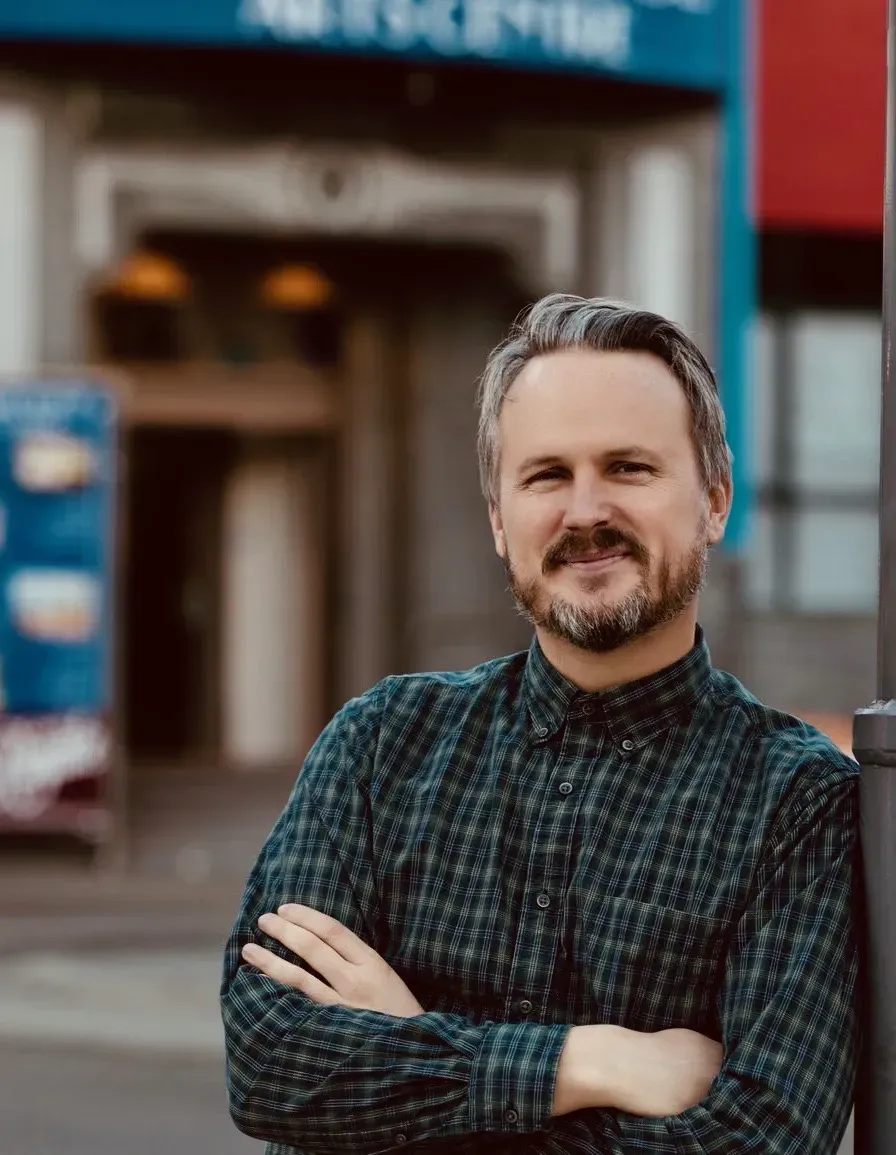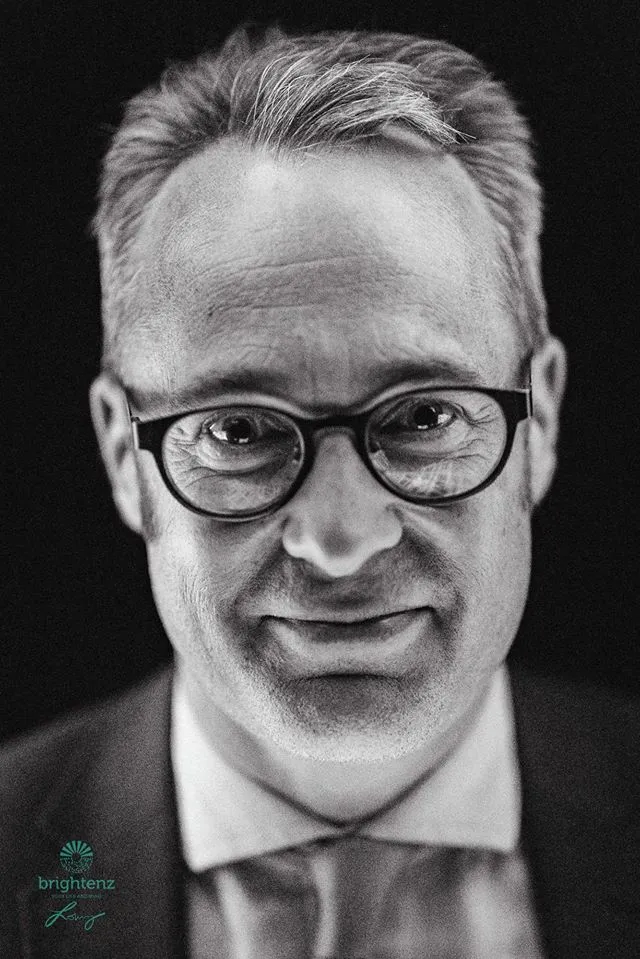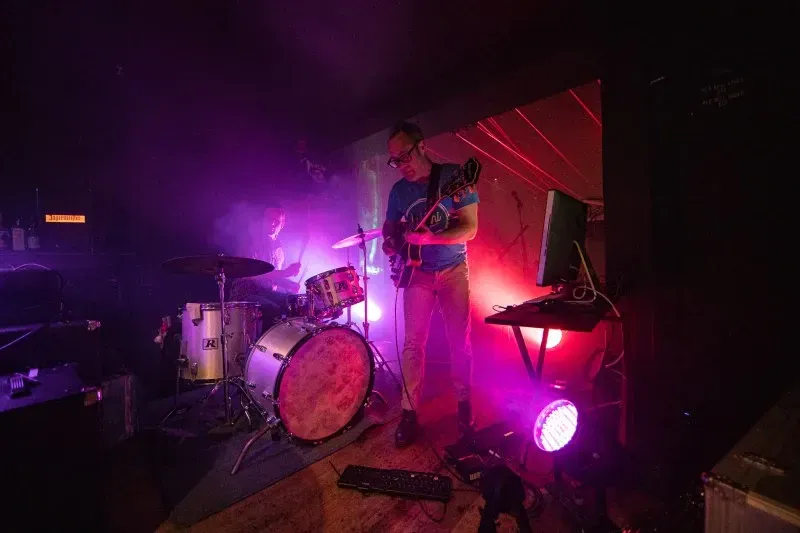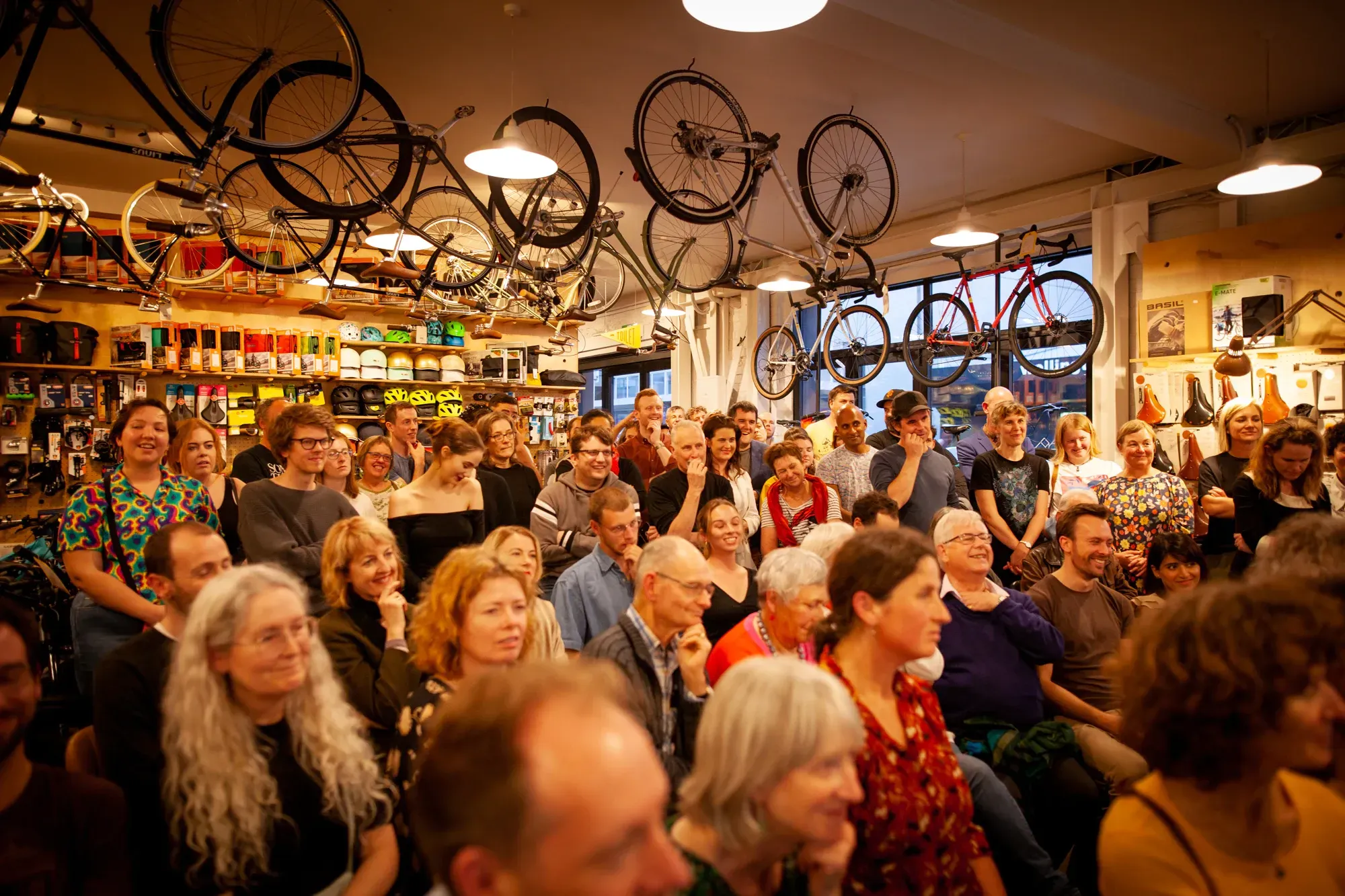Resetting NZ's Arts Future?
Written by
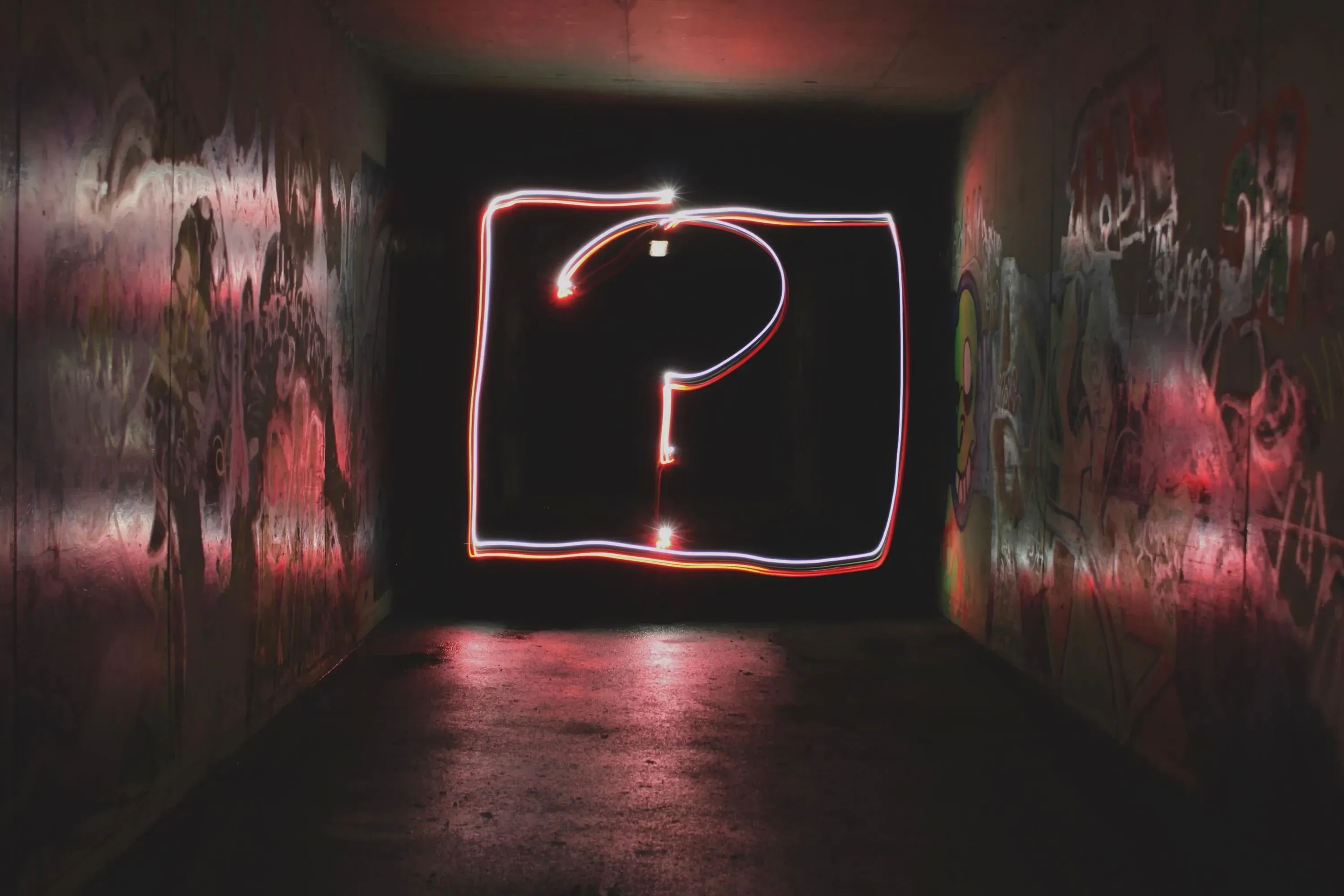
Two weeks ago, as Kane Forbes was travelling back from Auckland Arts Festival, his social media feed flooded with creatives engulfed by anxiety, concern and confusion about their individual and collective futures.
Aotearoa began to truly realise the devastating impact of COVID-19. What had been a simmering unease boiled over into panic across all sectors, including the arts.
Forbes works as a theatre-maker and arts leader, locally and internationally. Specialising in connecting art, arts projects and events to artists and audiences, he decided to do what he knows best to help the arts sector; “to build a community, to go broad and share the love,” says Forbes.
That afternoon, he had set up the ‘AA(e)-C(19)C - Aotearoa Arts and Events during the COVID-19 Crisis’ Facebook group. Within a few days, group membership had hit the hundreds; currently, it is in the thousands, with many directly affected by the upcoming multi-million dollar support injection from Creative New Zealand. It’s become a sounding board for many on what could decide the difference between survival - or otherwise.
“The bigger, the better”
The intent of AA(e)-C(19)C (‘the group’), Forbes explains “is to create an informal network of people within the arts sector that is independent. Because it’s not attached to any particular art form or national or local affiliation, we’re nimble and able to quickly summarise the vibe and respond to it in ways where we organise advocacy and create a platform where creatives have a sense of community and a voice. It’s a leadership model that’s driven by the crowd.”
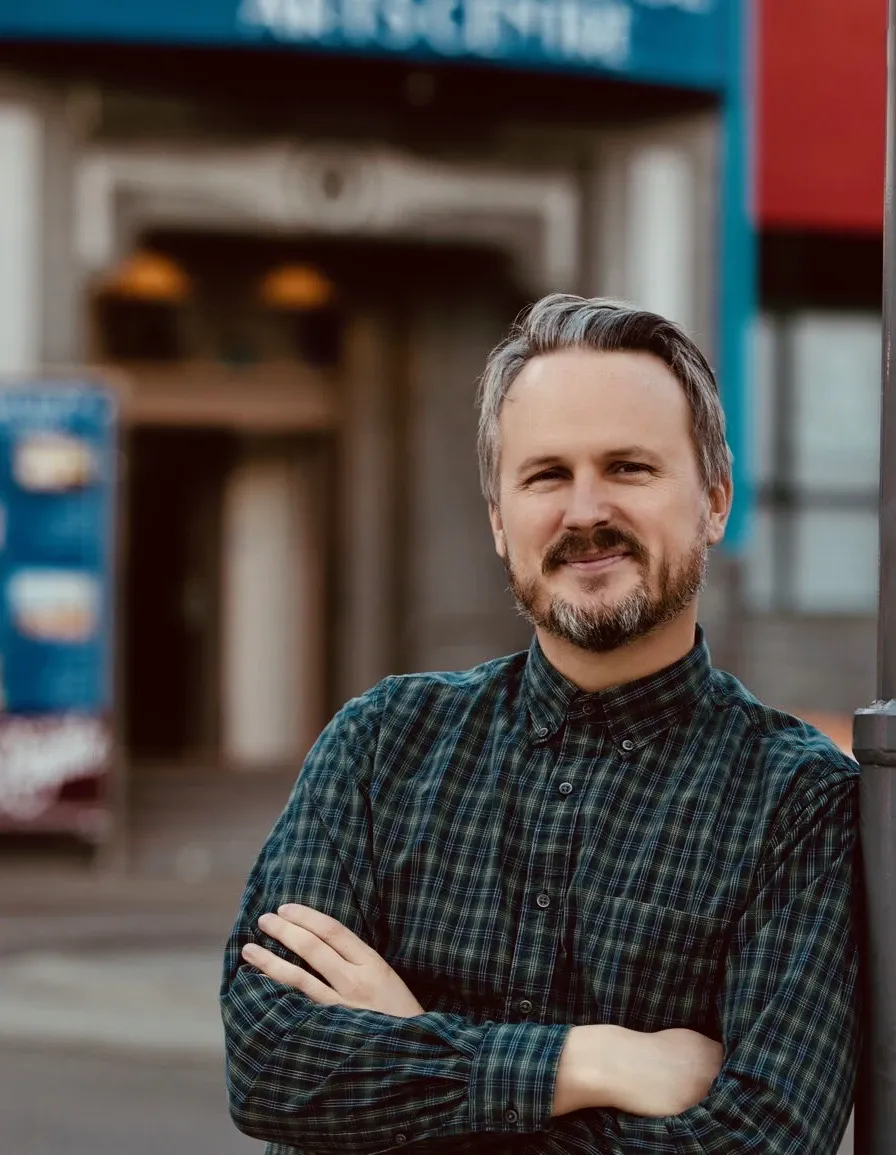
Kane Forbes. Photo: Bernadette Peters.
It facilitates support, advocacy and advice for the creative community during these uncertain times, through letter-writing, learning lunches and social media. Having a space for people to share their stories and current projects offers a sense of community and providing a resource for the future.
“This isn’t to overshadow other sectors' stories,” explains Forbes, “but we want to ensure that the arts remain on the agenda.”
Inclusivity is at the heart of the group, stresses Simon Bowden, former Arts Foundation Executive Director and also an admin of the group. “It’s really open. If the arts are an important part of your life - as a practitioner, if you’re involved in the ecology in any way or if you’re an audience member - you’re welcome to join. The bigger, the better.
“It offers artists a space to share ideas and challenges (during the COVID-19 crisis) and ask questions,” continues Bowden. “Keeping [the group] independent has been helpful for organisations who are trying to understand how and what they should communicate to the artistic community and what they need from them.
"From the feedback that I am getting, I understand arts organisations like that our group is independent. They are using comments from the sector to get information to support their work programmes."
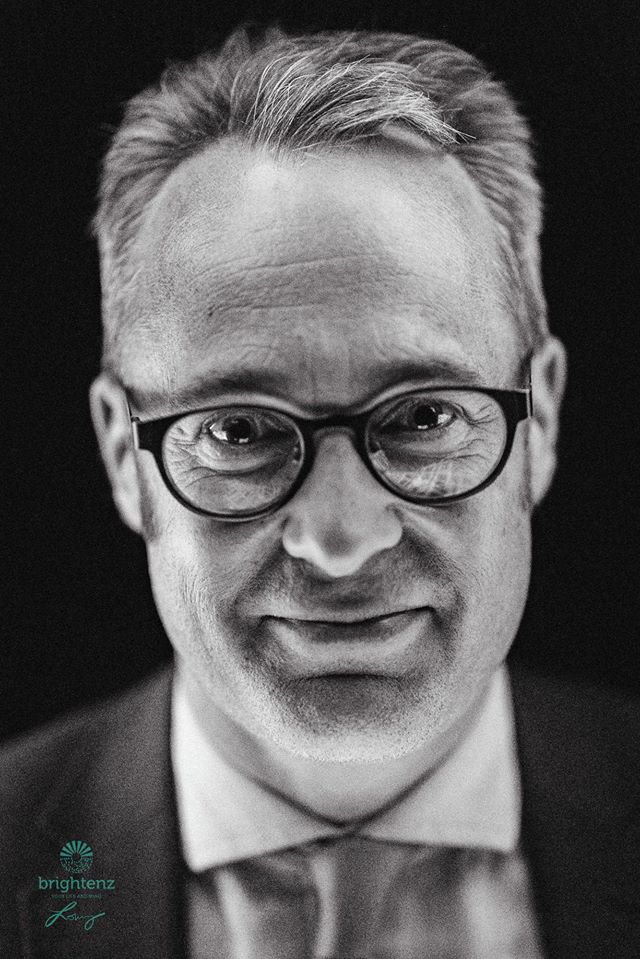
Simon Bowden at 2017 New Zealand Arts Awards.
Supportive of Creative NZ’s Efforts
Creative New Zealand’s initial response to the COVID-19 pandemic - a $16 million investment has been met mainly with support within the group.
“We won’t know the final details of the way that the funding will be assessed until their pre-announcement, but I know they’ll be doing everything they can to ensure that the funding will reach as much of the ecosystem as possible - and we’re in this with them,” says Forbes.
“It would be a really good way for the group to help. If we feel [CNZ] have missed an important section we would hopefully be able to enter into a dialogue...but we’re supportive both as a group and individuals of what they are doing so far.”
Germany Setting the Bar
Last week, Germany announced a staggering 50 billion euro aid package for artists in the wake of COVID-19 a story which gave Forbes and Bowden pause for thought.
“I’m sure Creative New Zealand are doing everything they can with the funding they have,” comments Bowden. “However, while Germany has significantly more resources than New Zealand, their approach demonstrates a much deeper and perhaps more mature commitment to the cultural sector. We read it as Germany are playing the long game...they’re saying while we are in cultural flux, we’re going to boost funding to the arts so [creatives] can keep creating, maintain institutional strength, and when they emerge from this crisis the cultural sector is going to play an even deeper role in society.”
“It’s a significantly different offer,” agrees Forbes. He states they're still researching the numbers, but his take is that it appears “Germany is spending $1,100 NZD per capita as opposed to $3.34 NZD per capita in New Zealand to secure the future of culture in Aotearoa.
"Art is essential in a healthy society, world and future and as much as everyone is grateful for the speed, support and immediacy of the New Zealand response in light of Germany’s package, I think the challenge [the group] are going to give ourselves as a facilitating network is to ask the questions: what is the big vision for the future of Aotearoa? What kind of arts future do we want? Now that everything is turned off, what do we want to turn back on again and why?”
“We believe art and culture are essential,” Forbes continues. “Culture is the collection of our stories and art has a role in telling those stories in the best possible way. By asking those questions, we are acknowledging that we will have a really important role in solidifying positivity when this crisis passes. Injecting the story with our practices will really help us to embrace a positive future - that’s our job, and we should feel empowered to do that job.”
As an administrative group, Forbes believes they shouldn’t prescribe an answer to those questions. “But the power of the group is that we’re facilitating so much dialogue that we can scoop out the top trends,” he says.
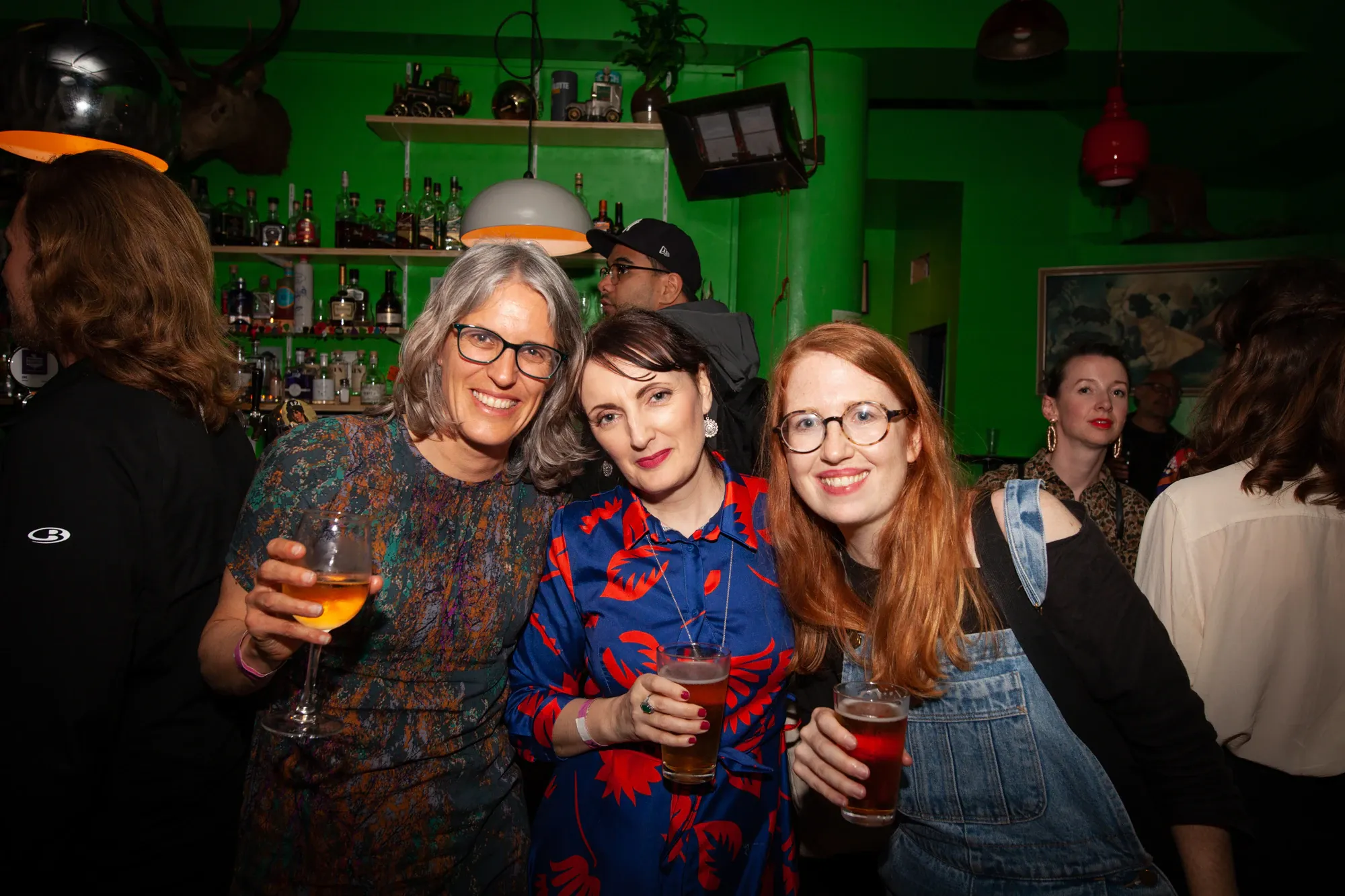
Claire Mabey (right) with Irish writer Sinéad Gleeson and Aotearoa writer Ingrid Horrocks at the 2019 Verb party. Photo: Vanessa Rushton Photography
Independent Voice
Two weeks ago, Claire Mabey - Director of Wellington’s Verb Festival, Litcrawl and member of the group was wrapping up a successful stint at the New Zealand Festival “so COVID-19 feels really surreal coming off the back of it,” she says. “It’s awesome that [Creative New Zealand] has come up with a response so quickly, but I am meeting with them to discuss precise expectations around criteria and expectations around use of money,” says Mabey.
“I also feel the need to explain to them what the predicament is to the independent sector in particular - there are so many little companies within the creative sector who commit their lives and livelihoods to art. I want to see those people looked after - they are already adaptable and resilient,” she enthuses. “So they definitely need to be able to be trusted to use [CNZ] funding to help our organisations and projects survive.”
"I think it's useful for CNZ to hear from the independent sector, so they have all of the information at hand when they're finalising criteria and expectations. So a few indie producers, artists and I have joined up to help share our perspective and needs," says Mabey.
“Their staff have been incredibly caring and responsive, and it’s interesting to see how they dovetail into other funding agencies. Creative New Zealand is helping us survive and we’re doing everything to adapt models and expectations and exploring new models to work, so it’s important that Councils and other funding agencies help that creative process - there’s got to be a sense of everybody working together.”
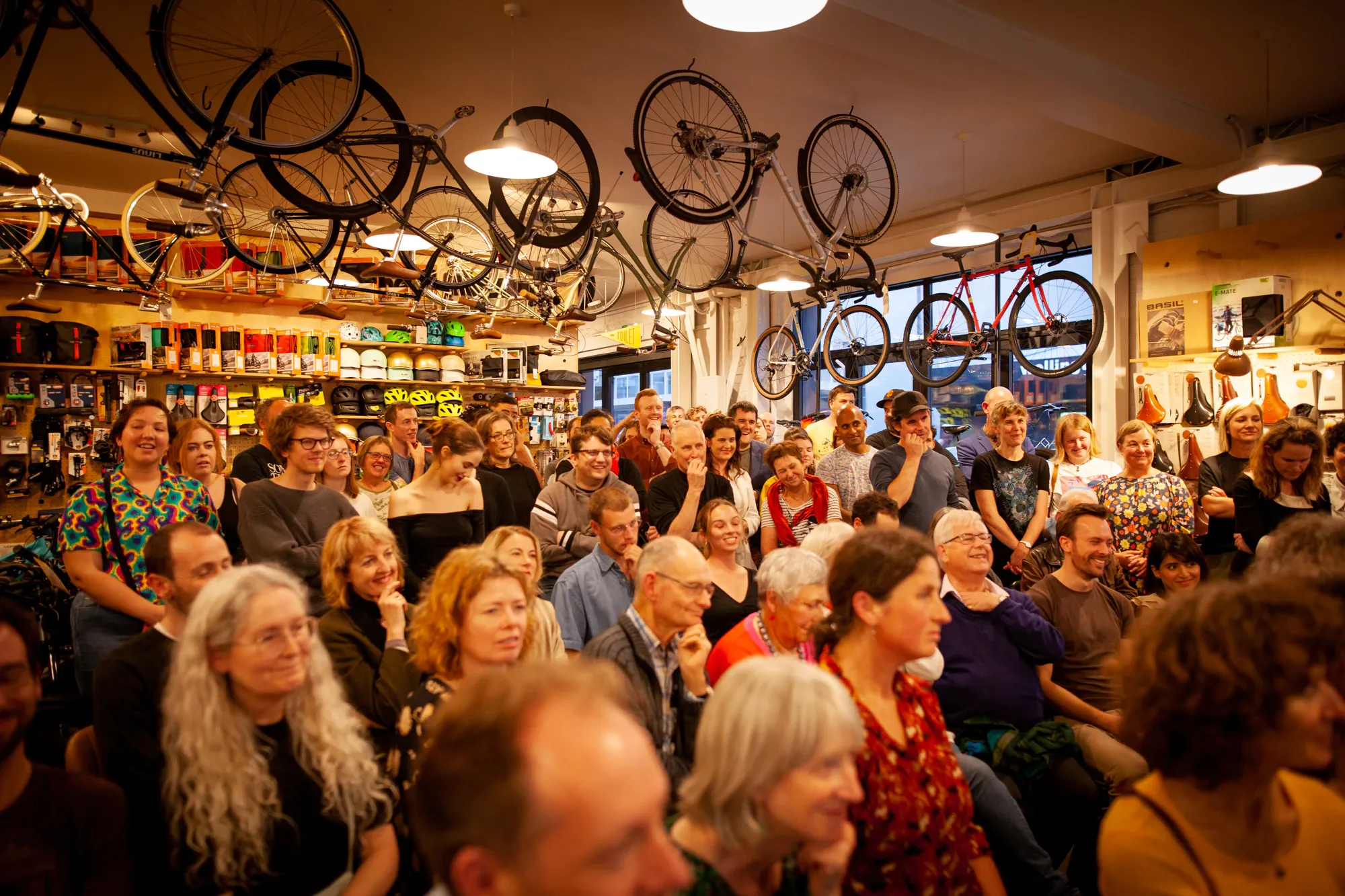
'Neo-Liberalism?' LitCrawl in Verb Festival 2019, at Bicycle Junction. Photo: Vanessa Rushton Photography.
All Together Now: Looking to the Future
The 'AA(e)-C(19)C -Aotearoa Arts and Events during the COVID-19 Crisis’ Facebook group is facilitating Learning Lunches every Tuesday and Thursday at 12.30pm. They present the arts sector with an opportunity to share information and conversation. The first topic What's going on Papatūānuku? Is happening on 31 March. Both Bowden and Forbes noted that it was “vital that Māori and Oceania voices led the discussion of the impact COVID-19 was having on the arts in Aotearoa and to have a kaupapa Måori perspective on what the world is going through."”
Mabey is in the “adaptation phase” of her work and exploring “what kind of festival will emerge out of the COVID-19 crisis. It’s a time for reflection - the independent sector is agile, and I know creatives will find new ways to share stories.”
For Forbes, the Facebook group is one example of what’s changed as a result of the COVID-19 pandemic. “A cross-section of people within the arts sector have found this commonality and a really exciting flow-on has been the genius of the mass expertise - people are coming out with really helpful solutions.
“I believe that the energy that has formed around things like the group has really helped the government and Creative New Zealand's response and that's really significant. It can be not very easy to engage with them like we are at the moment as a community in crisis. So if we take that inspiration one step further, it’s a good place to find a beautiful vision of what the arts sector in Aotearoa could be when we switch that light back on after this crisis lifts.
“Is it going to go back to specific funding models? Or the arts being seen as essential but not really supported to be essential?” Forbes questions. “Or are we going to rethink the entire role and relationship of the sector in the enhancement of the beautiful story that is Aotearoa?”
For more arts community online:
AA(e)-C(19)C -Aotearoa Arts and Events during the COVID-19 Crisis’ Facebook
AA(e)-C(19)C - Aotearoa Arts and Events during the COVID-19 Crisis website
PANNZ weekly online hui - streaming live at 11am 30 March - Arts and Cultural Events and COVID-19
